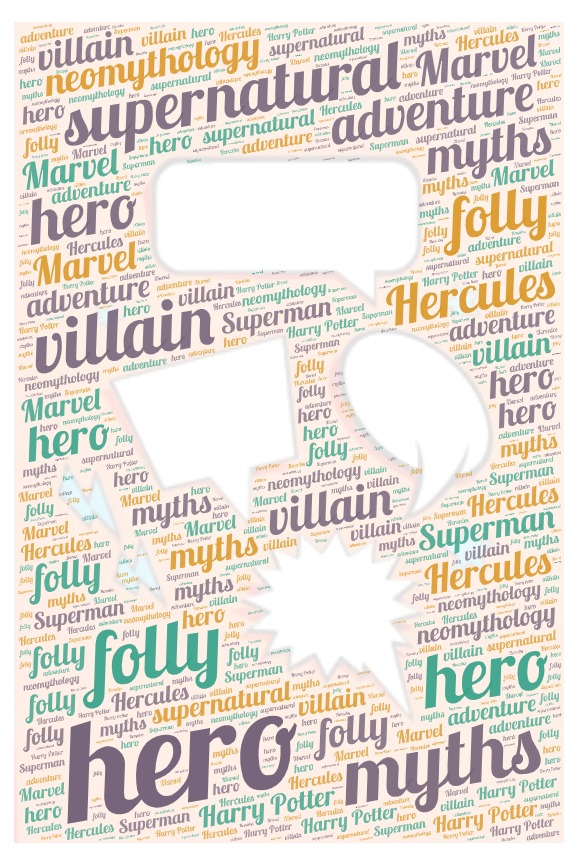The aim of the project is to know briefly the history of ISLAM in the perspective of prejudices against
women
- Teacher: angela raffaella pulcrano
One of the main schemata of the postmodern period is the way the urban environment is presented, i.e. the modern city, especially in one of the most popular new media, which is cinema and television.
The most prominent definition of the city and urban environment is that it is an organized set of buildings, dwellings and a large population. However, we notice in various films and tv shows, in fact both science fiction and various social content, that the city as an organized whole with laws, defined rhythms, i.e. with its usual daily life exists:
a. to frame movie characters merely as scenery,
b. to give them occasions to reveal the elements of their character,
c. to support with its typical urban landscape the plot, i.e. the development of the characters' adventure/story.
In the present script, to show the above patterns, we refer to four films/tv shows [1. Home Alone 2: Lost in New York (1992), 2. Friends (1994-2004), 3. Ghostbusters, 4. The Amazing Spiderman (2012)] that take place in contemporary New York.
- Teacher: John Xidakis
A contemporary mythology is developing in today’s diffused new religiosity. This neomythology, as it is portrayed through comic books, video games, fantasy movies, etc., presents beings and worlds that have supernatural and imaginary characteristics, and attempts to present their qualities as logical and scientific. In particular, in superhero comic books, which constitute one of the most contemporary and popular expression of neomythology, technology – in terms of weapons, machines and devices – is incorporated into their various plots in the typical and usual way of discovery and use of such tools, while at the same time taking on characteristics that were once attributed to magic and religion. In an imaginary yet convincing way, within the limits of these make-believe realities, a new version of technology is being presented: a divine or magical technology emerging as a super-technology.
- Teacher: John Xidakis
- Teacher: Ζωή Σπανούδη
Video games are not just a new product of popular culture, they are the most dynamic, contemporary and popular expression of neomythology, a dynamic cultural product that is constantly being renewed.
Neomythology is the modern trend of reinterpreting religious terms, symbols as well as religious and mythical figures from world history, and reshaping them through comics, movies, etc., into a new mythology, constitutes the most popular expression of contemporary diffused religiosity.
In this mythical virtual reality, video games do not just use symbols known from religious traditions and from the mythological wealth of the past, they use them as they are, without altering their elements. This is thus not a repetition of elements of classical theology and mythology, but a new mythology, as described above.
In the same way, video games redefine traditional monuments, that is, buildings that retain aspects of the tradition of a society or religion. Redefining is done arbitrarily, that is, completely freely, in the same way that modern mythology identifies a variety of historical events. This re-framing framework includes European monumental buildings, such as the ancient temple of the goddess Athena in Athens or, more recently, a monument, such as the British Parliament in London. What is remarkable is that in the new virtual worlds that emerge, European monuments continue to be monuments, that is, important buildings for the digital people of the video game worlds.

- Teacher: John Xidakis
The scenario allows to deepen the study of
Islamic civilization and its founding values also in order to promote the
inclusion of foreign children
- Teacher: carmela menna

- Teacher: katerina nikita
- Teacher: John Xidakis